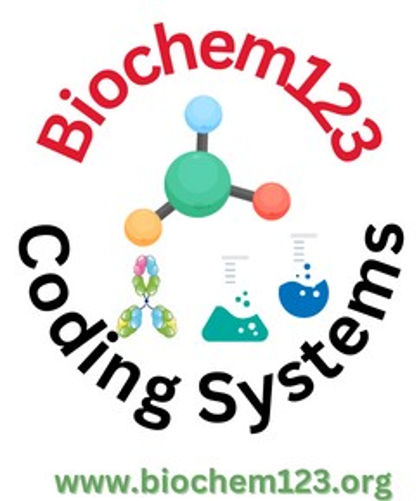Module 2

There are many different types of cells, each with its own unique function.
The most important parts of a cell are the nucleus, the cytoplasm, and the cell membrane. The nucleus contains the cell's DNA, which is like a blueprint for everything the cell does. The cytoplasm is a jelly-like substance that surrounds the nucleus and contains the cell's organelles, which are like little organs that do different jobs. The cell membrane is a thin layer that surrounds the cell and protects it from damage.Cells are constantly working to keep us alive. They take in nutrients from our food and water, and they use these nutrients to create energy and grow. They also remove waste products from our bodies. Cells are amazing little machines that are essential for life.Here are some additional facts about cells:
- The average human cell is about 10 micrometers in diameter.
- There are about 37.2 trillion cells in the human body.
- The longest cell in the human body is a nerve cell that can be up to a meter long.
- The smallest cell in the human body is a red blood cell, which is about 8 micrometers in diameter.
- Cells can reproduce by dividing into two identical daughter cells.
- Cells can specialize to perform different functions. For example, muscle cells are specialized to contract, and nerve cells are specialized to transmit signals.
- Cells can communicate with each other by releasing chemicals called signaling molecules.
- Cells can be damaged or destroyed by disease, injury, or radiation.